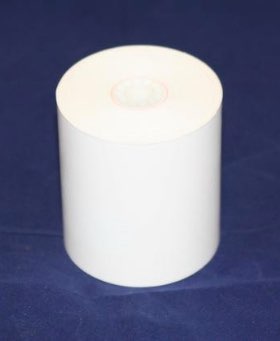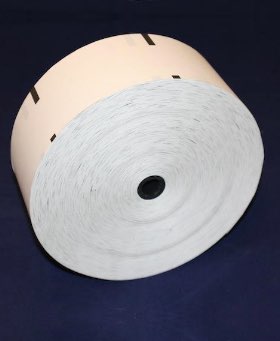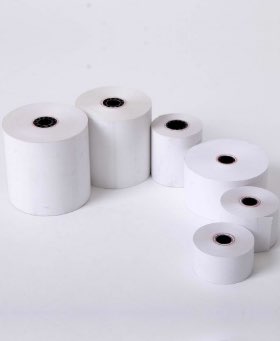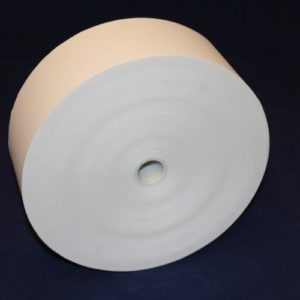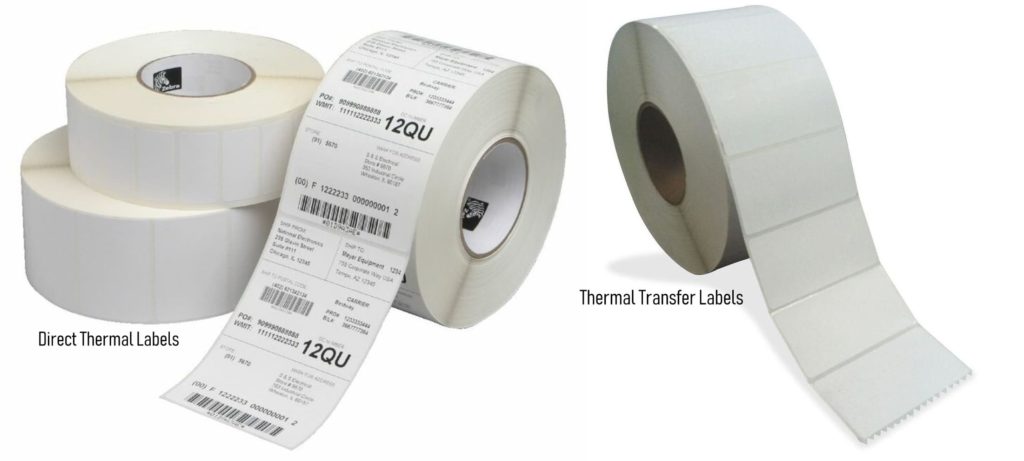
Difference Between Thermal Transfer and Direct Thermal
Nearly all industrial or professional label printers allow users to choose between thermal transfer and direct thermal for their printing needs. Regardless of your choice, thermal label printers are best known to produce high-quality and accurate images for barcode scanning and printing. Unfortunately, most people confuse these two methods of thermal label printing, often not sure which method best suits their printing needs. Specifically for a concern like this, it is best to check out the thermal paper guide on Graphic Tickets’ website, which would benefit all aspects.
As mentioned, thermal transfer printers print both thermal transfer and direct thermal labels. The guide below outlines some differences between direct thermal vs. thermal transfer to ease your understanding. You should choose the best printing method and use quality thermal labels. Order them from Graphic Tickets.
What is Direct Thermal Printing?

Direct thermal printers print by heating the label/material directly. Direct thermal printing doesn’t use ribbons, toner, or ink. It requires a special heat-sensitive printing material that changes color (blackens) when exposed to heat.
This thermal label method is cost-effective as it doesn’t require ink or ribbons. However, the heat-sensitive label easily fades, making it difficult to scan or read after some period. They are also highly sensitive to abrasion and exposure to sunlight, chemicals, and water.
Therefore, direct thermal printing best suits short-term (less than six months) labels, such as parcel delivery, food labeling, or transport labels. Direct thermal printing can also be used in printing receipts at retail stores that don’t need a long lifespan.
As a matter of fact, there are some factors that one should always consider before purchasing thermal paper for specific requirements.
Due to the simple and ribbon-free mechanics, direct thermal printers are compact and, thus, best used as mobile printers. Operating direct thermal printers is also easy. Common applications of direct thermal printers include;
- Parking tickets
- Event passes
- Name tags
- Receipts of perishable goods
- Patient wristbands
- Shipping, warehouse, and dispatch labels
- Price and weight labels
Advantages of Direct Thermal Printing
- Prints directly to label material
- Simple to use
- No ink, ribbon, or toner required
- Produces sharp, quality images with good scannability (for example, ATM receipts)
- Low long-term maintenance costs
- Allow single or batch printing without waste
Limitations of Direct Thermal Printing
- Very sensitive to environmental conditions and fades over time
- Cannot withstand abrasion
- Not good for long-term labels
How Does a Direct Thermal Label Printer Work?
You will easily identify the difference between thermal transfer and direct thermal printing by understanding how these two thermal label printers work. As mentioned, direct thermal printers apply heat directly to the labels. These printers require special printing material, ideally coated with leuco dye.
Direct thermal printers have a heating element in their print head, which contacts the printing material. Once heated, the print head causes the dyes in the printing material/label to turn black, and the writing or image appears. Note that the printing surface (paper/film) sometimes moves. The movable part depends on the type of printer.
What is Thermal Transfer Printing?

Thermal transfer printing best suits long-term printing applications. Any print media intended to be used for more than six months or exposed to tough environmental conditions, such as high temperatures, light, chemicals, and water, should be printed using this method.
Unlike direct thermal, you can use several printing materials on thermal transfer printers, such as plastic, paper, and polyester. These printing materials have varying lifespans, with polyester lasting longer than others. Nonetheless, you should match various label materials with ribbons for maximum longevity.
Also worth noting is thermal transfer printing allows users to print in different colors using colored ribbons. Color-coded labels improve aesthetics and functionality. Common applications of thermal transfer printers include: –
- Inventory identification
- Warehouse shelf labels
- Chemical labels in industries
- Laboratory labels
- Circuit board tracking
- UL certification
- Cold storage and freezers
Advantages of Thermal Transfer Printing
- Produces long-lasting and quality labels
- Resists moisture, light, and heat damage
- Multiple printing media can be used
- Printers are durable
- Minimal long-term maintenance costs
- Print head lasts longer
Limitations of Thermal Transfer Printing
- Ribbons can wrinkle, compromising print quality
- The ribbon should be changed over time
- Potential for more mechanical failures
How Does a Thermal Transfer Printer Work?
Differentiating between direct thermal vs. thermal transfer working mechanisms is very simple. Instead of using the print head to print directly to the label, as with direct thermal, thermal transfer printers use a heated print head to press an ink ribbon coated with wax onto the printing material.
The heated print head melts the wax, exposing ink, then transferred to the label, where it dries. Unlike direct thermal printers, prints from thermal transfer printers won’t fade easily. Besides, you can print multiple colors simultaneously if the printer has several ribbons. While thermal transfer printers have more moving parts, making them prone to mechanical issues, they are reliable and durable.
Conclusion – Direct Thermal vs. Thermal Transfer Printing: Which Should You Choose?
You should consider the following two main factors to choose between direct thermal vs. thermal transfer printing;
Label Life Requirements
The lifespan of your labels should be the core deciding factor when deciding between thermal transfer and direct thermal printing. As mentioned above, both printers don’t offer the same print lifespan. Therefore, you should know how long your labels should last to make the right decision.
Use a thermal transfer printer if your labels stay in the supply chain for several months or will be exposed to chemicals, water, light, and other harsh conditions. A good example is labels placed on building materials that are stored outdoors. Similarly, consider thermal transfer printers if the information on your labels is crucial and should remain readable for an unknown period, such as pharmaceutical products.
On the other hand, use direct thermal for labels that take a short period in the supply chain and aren’t exposed to harsh conditions- for instance, dairy products, fresh meat, or parcels.
Cost
You should also prioritize the cost of printing, especially for industrial applications dealing with thousands of labels. Generally, direct thermal printers are less costly compared to thermal transfer printers. However, thermal transfer printers can print on direct thermal labels without ribbons.
Printers aside, direct thermal materials/labels are more expensive than thermal transfer labels. However, there are no additional costs for purchasing ink ribbons and toners. Thermal transfer printers are also long-lasting, making them a better option for businesses looking for long-lasting machines.
Simply put, direct thermal printers are best for short-term applications, while thermal transfer best suits long-term applications. Because of these printers’ unique advantages and limitations, thermal label printing technologies co-exist for different applications.
Here’s a link that includes everything you need about thermal papers.
Aside from direct thermal vs. thermal transfer printing, one should also check out the difference between carbonless vs. thermal receipt paper, as they are equally vital to understand. Their incorporation into businesses makes a huge difference.
Regardless of your thermal label printer choice, Graphic Tickets supply various label materials for your business needs. Request a quote now!

